Since 2000, IBO has had a relationship with a migration organization in Spain, working to assist them with volunteer monitoring in one of the largest migration flyways on the planet! In 2012 we began sending students over as part of a cooperative research partnership, and so far ten different Boise State students and alumni have participated in this exchange program. We look forward to continuing this research partnership in the future along with Boise State’s Raptor Research Center.
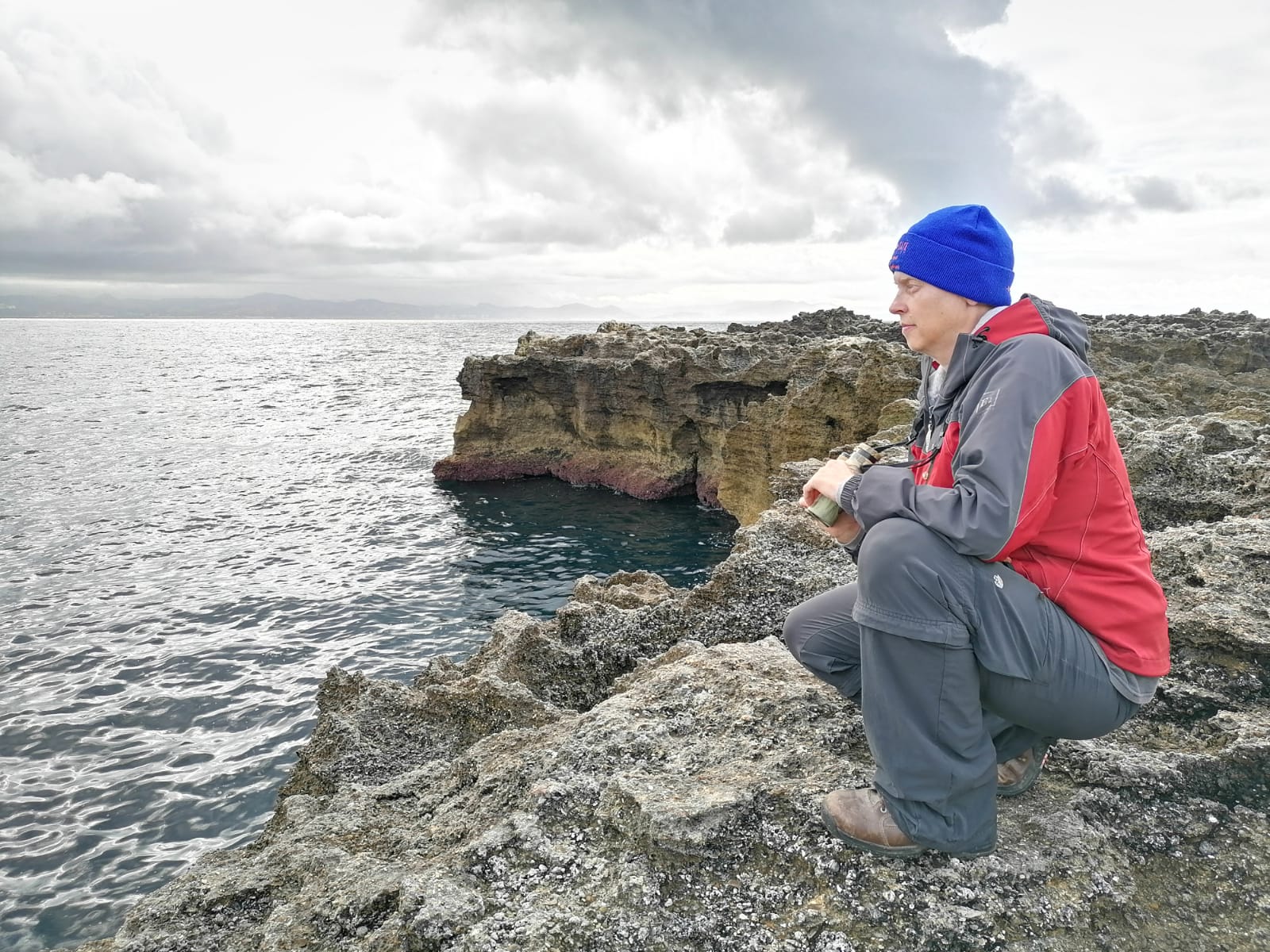
Here’s a write-up from one of our 2019 students, Jen. We hope you enjoy reading about her adventures in Spain!
By Jennifer A. Brown
Hundreds of thousands of birds, more than thirty species, migration counts, bird banding, and immersion in international culture! This is what I discovered when Boise State’s Raptor Research Center and the Intermountain Bird Observatory sent me and another student to Spain on a three-month internship. In collaboration with Spain’s Fundación Migres, we were given an opportunity to study bird migration and conservation on an international level.
Undoubtedly, this internship offered me a unique and dynamic hands-on experience I won’t soon forget.
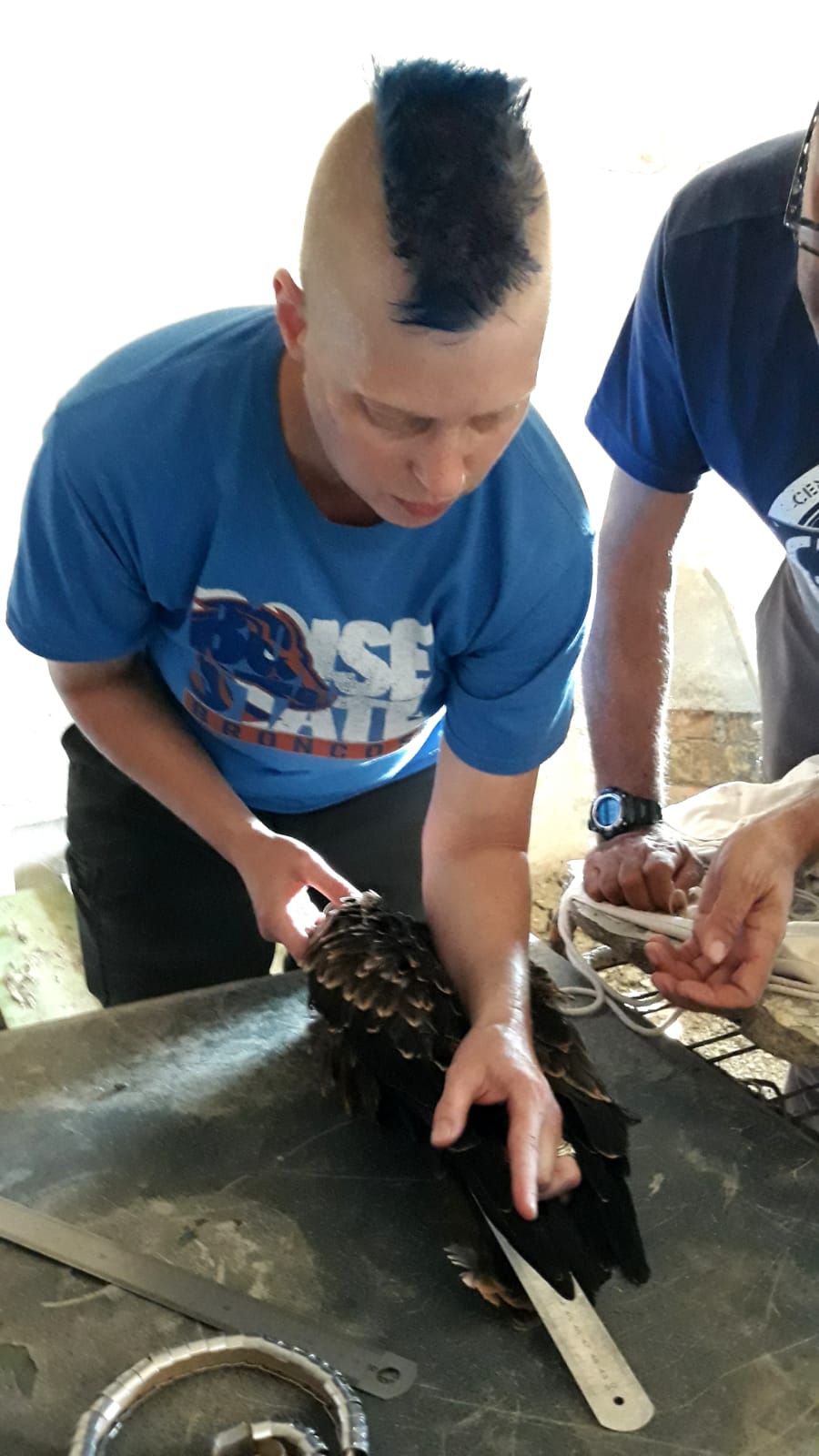
Our journey began in July of 2019 when we arrived in Tarifa, Spain. Tarifa, located at the southernmost point of the European continent where the Mediterranean Sea and Atlantic Ocean meet, serves as an important bird migration bottleneck at the Strait of Gibraltar where birds from Western Europe converge on their migratory journey to Africa. The important research data collected by Fundación Migres is used to better understand the effects of climate change, shifting ecosystems, energy procurement (i.e. wind farms), and other variables affecting the migratory patterns and population dynamics associated with these bird species.
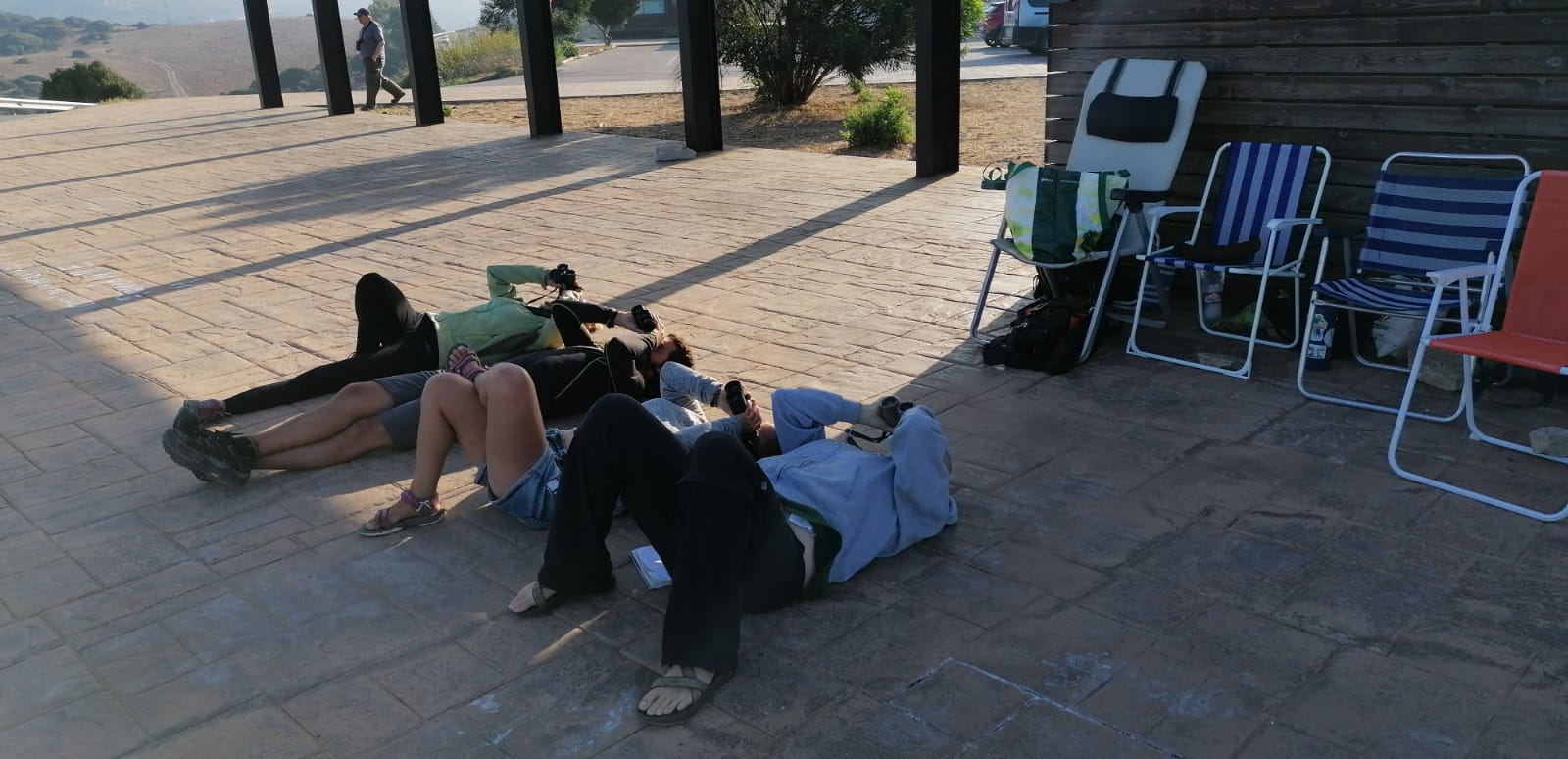
As an intern, I was given the opportunity to participate in a number of research activities. Under the guidance and mentorship of the biologists at Fundación Migres, I became proficient at identifying dozens of bird species based on morphological and behavioral characteristics. These birds included numerous passerine and raptor species such as eagles, storks, buzzards, harriers, kestrels, falcons, vultures, kites, swifts, swallows, and many others.
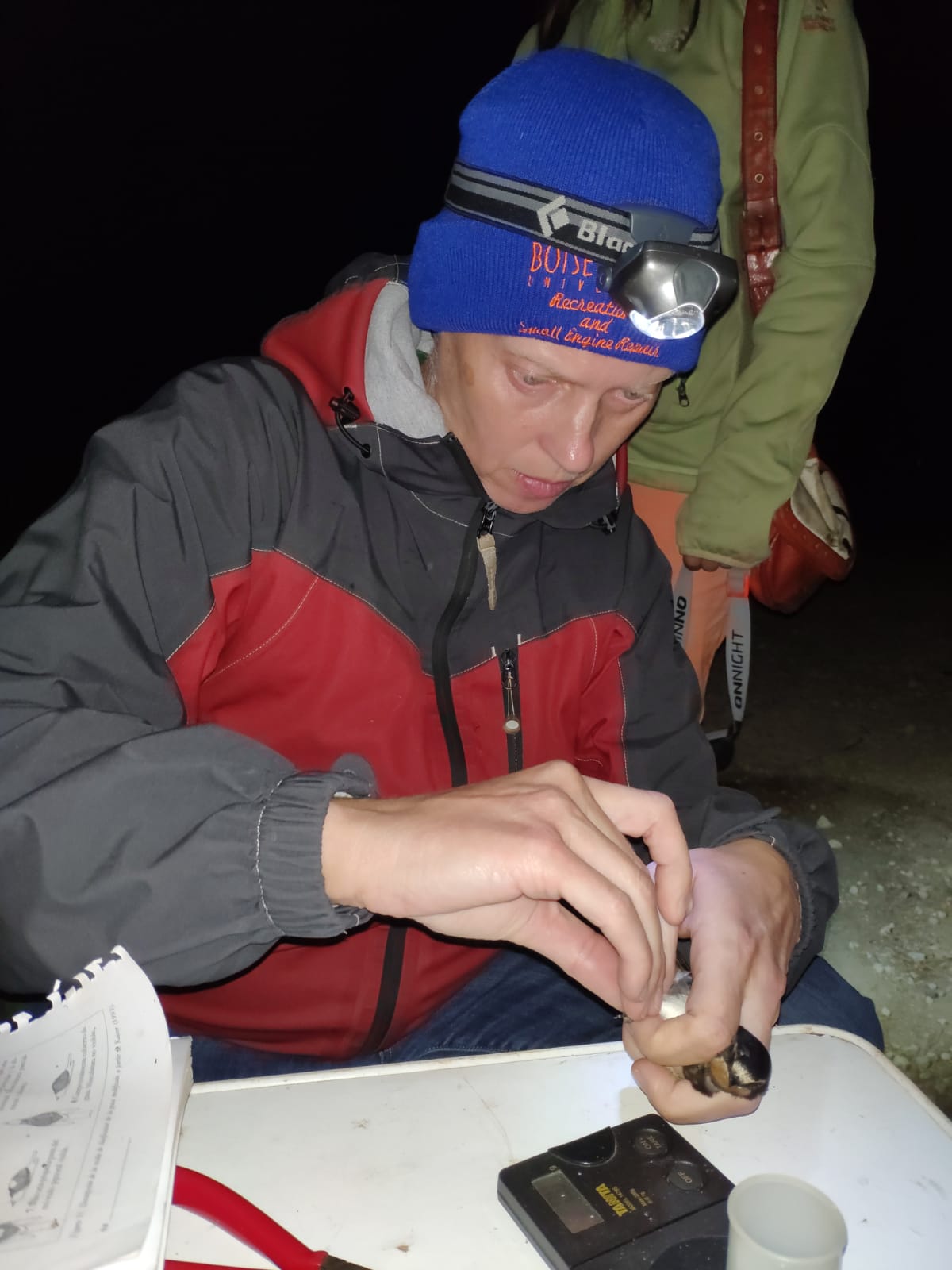
I soon found myself in a position of responsibility where I worked autonomously to collect data during daily migration counts at the two observatories. Working in this capacity, I was able to incorporate my skills in leadership and public outreach as I assisted Migres’ staff with the coordination and mentoring of numerous volunteers from around the world who came to learn about migrating birds and contribute to conservation efforts. I also served as a point of contact with the many observatory visitors who traveled to Tarifa to witness and experience the magnitude and beauty of this autumn bird migration.
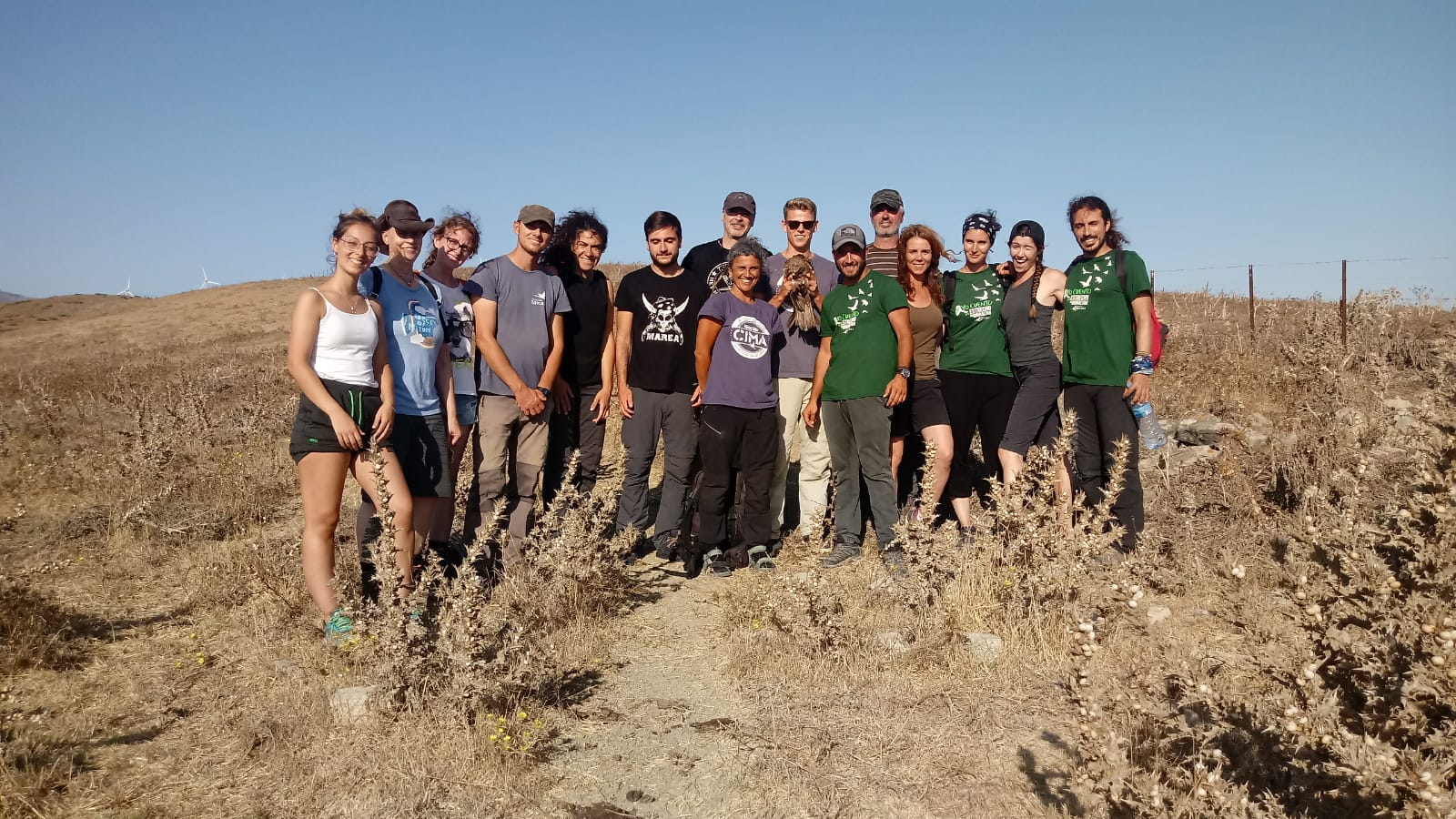
While contributing to migration counts made up a large portion of my daily activity, I also actively participated in the trapping and banding of black kites, barn swallows, and other small passerines. During a multi-week campaign, I assisted at feeding stations established as part of an ongoing conservation effort focused on Egyptian vultures. At these stations, we provided the birds with raw meat, eggs, and water to supplement their diet and support the local population. Additionally, these sites were carefully selected in an attempt to redirect the vultures’ flight patterns away from wind farms (Read all about this work: “Braving the Blades and the work of Fundación Migres”). Efforts were also made to trap and place transmitters on the Egyptian vultures in order to collect important data related to their flight and migratory behavior.
It is difficult to describe the sense of contribution and the gratitude I experienced while working with these magnificent birds.
All in all, this experience is true to the spirit of the Intermountain Bird Observatory‘s mission to “impact human lives and significantly contribute to bird conservation through a unique combination of cooperative research, education, discovery of the natural world, and community engagement.” I want to thank BSU’s Raptor Research Center, the Intermountain Bird Observatory, and Fundación Migres for this incredible, life-changing opportunity!

Are you a Boise State student interested in participating in this exchange program? Email GregoryKaltenecker@boisestate.edu for more information.